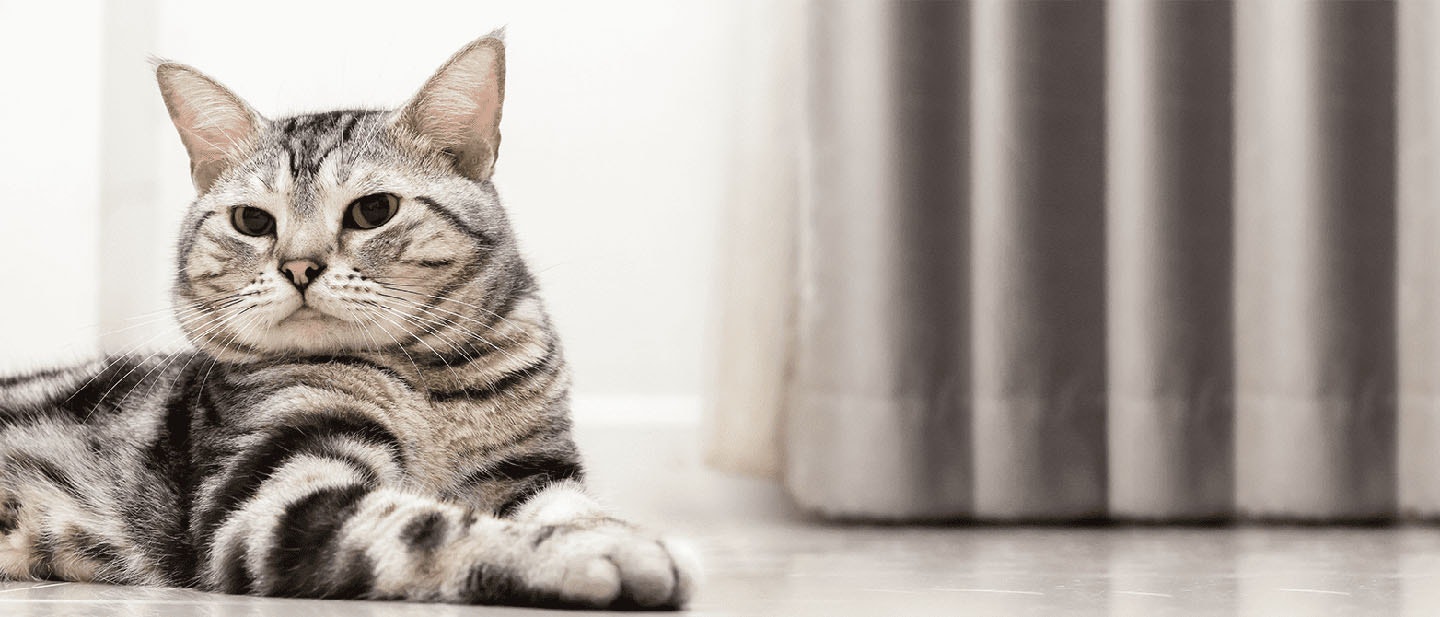
Understanding Healthy Cat Weight
Ensuring your cat maintains a healthy cat weight is vital for their well-being. Whether your feline is a bit too chubby or your cat is skinny, by providing the right diet, plenty of playtime, and regular vet visits, you can help your furry friend thrive and enjoy a vibrant, active life with a normal weight for house cat.
Understanding Your Cat
To care for your cat, prioritise their emotional and physical well-being. Cats are resilient but vulnerable to certain health conditions, especially malnutrition and obesity. Hence it is essential to maintain proper cat weight and normal weight for house cat for your furry to lead a healthy and happy life.
Cat Weight Chart
DISCLAIMER : Every cat might have a different ideal weight, this is just a general guide. Do refer to your veterinarian for further and specific information.
| Too Thin | Underweight | Ideal weight | Overweight | Obese |
| Weighs under 2.5 to 3 kg | Weighs under 4 kg | Weighs between 4 to 4.5 kgs | Weighs over 5kgs | Weighs over 6 to 6.5 kgs |
| Ribs and backbone can be prominently felt and is distinctly visible | Ribs and backbone can be easily felt and is somewhat visible too | Ribs and backbone can be felt under the skin but is not visible | Ribs and backbone can be felt with difficulty under a layer of fat | Ribs and backbone cannot be felt at all |
Ideal Cat Weight
The ideal cat weight varies by age and breed. While normal weight for house cat typically varies between 4kg -4.5 kg, larger breeds like Maine Coon and Persian can ideally weigh up to 11 kgs.
Average Cat Weight
The average cat weight differs according to age and breed. However, the easiest way to understand if your feline is obese or underweight is with the rib test. The ribs of a cat with proper cat weight can be felt but not seen.
Fat Cat Weight
A cat is considered overweight cat if its ribs are hard to feel due to excess fat. Fat cats face increased health risks, including diabetes, heart disease, and joint issues, reducing their quality of life.
How to Check if Your Cat is Fat?
To check if your cat is fat, gently feel its ribs. They should not be visible but felt easily. Additionally, a bulging belly, inability to jump, and lack of a defined waist can point to excessive weight for a cat.
What is Obesity in Cats?
Obesity in cats is a condition where a cat becomes excessively overweight cat for their age and breed. obesity in cats is often caused by overfeeding, lack of physical activity, or underlying health issues and can lead to serious health problems, including diabetes, heart disease, joint issues, and a reduced lifespan.
How to Prevent Obesity in Cats?
Preventing obesity in cats involves managing their diet and encouraging physical activity. Feed your cat a balanced diet with appropriate and suggested portion sizes and avoid feeding too much high calorie treats or human food. Regular exercise is crucial too. Engage your cat with interactive toys, play sessions, or activities like climbing and exploring. Routine veterinary check-ups are also essential to monitor the weight for a cat and overall health. Additionally, consider the specific dietary and exercise needs of your cat's breed and age to ensure they maintain a healthy cat weight.
Tips to make your Cat Lose weight
Here are some ways to help your feline buddy lose their excessive fat, reach the normal weight for house cat, and become healthier:
Feeding Schedule
Establish a consistent feeding schedule and always serve appropriate and suggested portions to avoid overfeeding. Divide daily meals into smaller, regular feedings to keep your cat satisfied while controlling their overall calorie intake.
Calorie-Controlled Diet
Switch to a high-quality, calorie-controlled cat food specifically designed for feline weight management. This ensures your cat receives essential nutrients without gaining excess calories. Avoid feeding table scraps or too much of high-calorie treats, as these can quickly add up and lead to obesity in cats.
Exercise and Physical Activity
Regular activity helps burn calories and build muscle. Increase your cat’s physical activity through interactive play and engaging toys. Encourage exercise by playing with feather wands, laser pointers, or puzzle feeders that stimulate your cat's natural hunting instincts while helping them stay active.
Professional Help and Medication
If all else fails, consult your veterinarian to develop a personalised cat weight loss plan. Sometimes, there might be underlying health issues contributing to obesity in cats. In such cases, professional intervention or even medication may be necessary to address and treat the problem.
The Average Healthy Cat Weight Varies Amongst Breeds
The proper cat weight of a cat can differ significantly based on various factors like their breed and age. For instance, smaller breeds like the Singapura may weigh between 1.8 kg - 3.6 kg, while larger breeds like the Maine Coon can weigh up to 11 kg. Understanding your cat’s breed-specific normal cat weight range is essential for assessing their health and ensuring they remain within the healthy cat weight range.
How to Determine Your Cat’s Ideal Weight
To determine your cat’s normal cat weight, start by researching the typical healthy weight for a house cat range for their breed. Consult your veterinarian for a precise assessment, as they can evaluate your cat's health, breed, age, and other factors. You can also use a cat weight chart to compare your cat’s current weight to the healthy weight for a house cat ideal range.
Right Cat Food for Weight Loss Process
For weight loss, choose a high-protein, low-calorie cat food specially formulated to provide satiety without excess calories. Control portion sizes and feed according to suggestions. Combining wet and dry food too can help manage calories. Regular veterinary guidance is also essential for effective weight loss.
Skinny Cat
If your cat is skinny, it suffers from malnutrition and is underweight, often weighing much less than the ideal healthy weight for a house cat according to their age and breed. The ribs are typically visible f your cat is skinny and they mostly lack energy and vitality.
How to Check if Your Cat is Underweight
The rib test is the easiest way to determine if your cat is underweight. An underweight cat will have a visible spine and protruding, clearly visible ribs since they lack a healthy fat layer.
How to Make Your Cat Gain Weight?
Increase the Number of Meals: Feed your cat more frequently, with smaller, calorie-dense meals throughout the day.
Try Hand Feeding: Hand feeding can stimulate appetite and encourage your cat to eat more.
Weight-Gaining Supplements: Consider weight-gaining supplements specifically designed for cats.
Right Cat Food for Weight Gain Process
Choose high-calorie, high-protein cat food with balanced fats to promote healthy cat weight gain. However, make sure to consult your veterinarian before abruptly changing your cat’s diet.
